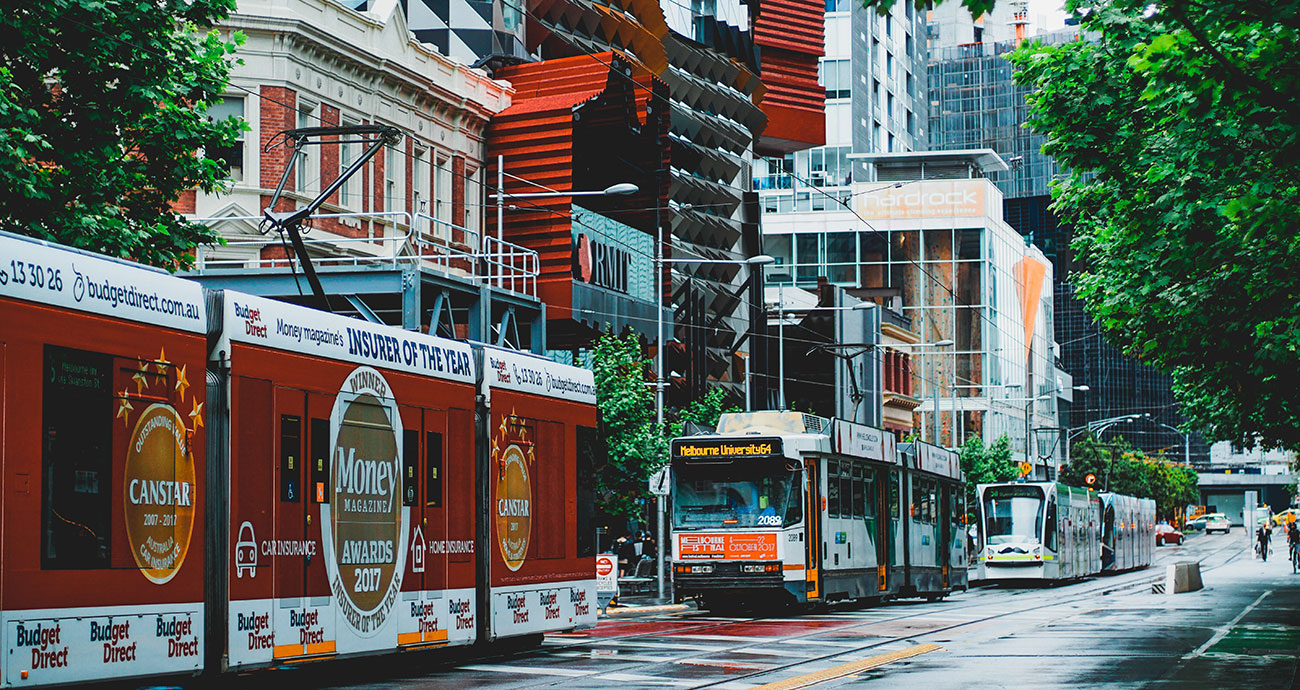
Millennials on the Move in a Post-COVID19 World
juin 5, 2020 — The Big Picture
Not since the rise of the Driverless Car bubble have I seen so many transport experts staring into their crystal balls, peering through the mists at what the future might hold. As COVID19 changes the way we live, work and learn at a speed and scale unprecedented in living memory, it is no surprise that researchers, planners, and professionals are wondering what COVID-19 means for the long-term future of our transport systems.
Millennials, who are currently 24-39 years old (depending on who’s counting), will play a significant role in shaping that future. They are in the peak age to carve out a career, move toward home ownership, and/or start a family of their own. Much has been written about their preferences and how they may or may not differ from previous generations, and now the big question is whether COVID-19 will change those preferences.
There are two important things to keep in mind when asking those questions. The first is that millennials are incredibly diverse and act differently in different countries, cities and neighbourhoods. A comparison of young adult travel behaviour across three continents found that trends in automobile and transit travel differed significantly both between and within city regions. For example, young adults in the UK and Australia were increasing transit use since the 1990s, but in America transit was flat or declining. Within American cities, only millennials in dense, old-urban style neighbourhoods were less likely to be car drivers, and these neighbourhoods house only 4% of the American population. And among young adults in Melbourne, Australia, most were following a fairly traditional life course with only 16% living without a car and content to remain so for the foreseeable future.
« Millennials are incredibly diverse and act differently in different countries, cities and neighbourhoods. »
In each of these case studies, different segments of the millennial population are likely to have very different reactions to COVID-19. How can we compare the experience of a 24-year-old in a city centre who has lost their job in hospitality to the experience of a suburban 39-year-old working from home while trying to home-school two children? Looking for generalisations across a generation is looking in the wrong direction. Instead, we should be asking ourselves who we want to learn more about – and then go talk to them.
The second thing to keep in mind is that when predicting the future of the transport system, there are some universal truths that don’t change whether you’re worrying about COVID-19 or dreaming about driverless cars. The basic geometries of cities don’t change. The most obvious example of this is the crippling impact that social distancing within transit vehicles will have on the whole transport network. In Melbourne, to maintain social distancing only 10-15% of riders can board. In the city centre, 220,000 would normally be on board; where will the other 198,000 go? If they get in a car, they will more than double the car traffic, crippling the roads with congestion and doubling the need for parking in the city centre.
In the short term, staggered start times and remote working might help ease some of this pain. But in the long term, teleworking is likely to have only a modest impact. Recent interviews suggest that most people will return to ‘business as usual’ travel – including using public transport – when COVID-19 resides. This reflects past disasters such as SARS and 9/11, where transit ridership was only disrupted for 3-6 months before returning to normal.
Perhaps, in the end, trying to predict post-COVID travel behaviour is the wrong approach. Years before COVID-19 broke, Jarret Walker argued “rather than trying to predict what people will do, what if we tried to maximize what they could do?” Short-term shocks can be an effective prod to change travel behaviour, but only if we change transport infrastructure, policies and prices to support that change. Many cities are already enacting temporary changes: Paris is rolling out 50km of emergency bicycle lanes as well as 30 pedestrian-only streets, Oakland will allocate 10% of city streets for walking and cycling and Melbourne is converting car parking into pedestrian walkways. Health and transport experts are crying out for these changes, because if we do nothing travel behaviour will slip back into car dependence when ‘business as usual’ resumes. We cannot be complacent if we want to create lasting change in the transport system, both for millennials and every generation that comes after them.